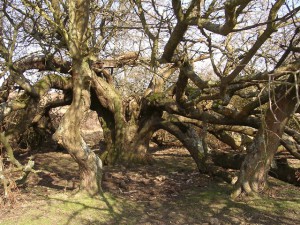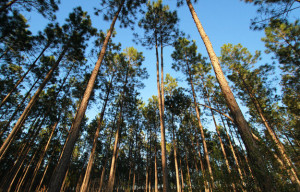Apple iPhones, iPads, and Now an iForest?
In a move celebrated by environmentalists as an exemplary step in the right direction towards corporate sustainability, Apple recently announced that it will purchase 36,000 acres of private forestland. Partnering with The Conservation Fund, a Virginia-based eco-nonprofit, the land will be used to source materials for Apple’s packaging. This closed-loop management of the company’s paper products represents an unprecedented move for a global company of this caliber, and one that activists hope will set off ripple effect in the industry for others to follow.
Working forests provide raw materials—in Apple’s case, pulp—in a soundly managed process that factors in wildlife habitat, carbon footprint, and even local job creation. By keeping the long-term economic well-being of the forest in mind, the process is considered a responsible alternative to clear-cutting. The latter has been long considered by environmentalists as deforestation, which they say results in climate change, and a disturbance to the bio-system of the forestland.
Apple’s recently purchased forestland includes two tracts in Maine and North Carolina that combined, are approximately two and a half times the size of Manhattan. The forests will be managed by The Conservation Fund, who will oversee harvesting and general operations.
Although Apple has not released figures on the amount of packaging it produces annually, the sheer volume of products the tech giant produces on a yearly basis speaks to the potential for the working forest model to have a huge impact. In 2013, for example, the company sold 33.8 million iPhones, 14.1 million iPads, and 4.6 million Mac computers. Those numbers have only continued to grow in the years since. Considering the packaging associated with these millions of products gives one a sense of the overall effect the use of sustainably harvested packaging will have in the industry.
By purchasing their own forestland to manage their supply chain, Apple is making a statement that sustainability matters, particularly when it comes to economic vitality and corporate responsibility. Not only does sourcing their own pulp and fiber make sense in terms of cost savings, the company also considers it the right thing to do. Along with its use of renewable energy in its stores and data centers as well as its intention to build an $848 million solar farm in California, Apple’s investment in myriad preservation efforts demonstrates that the practices are now part of their business model. Moreover, unlike its products, this is one idea that Apple officials hope other companies will emulate.
Sources








